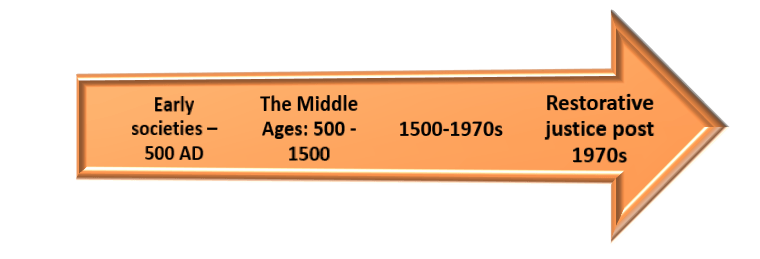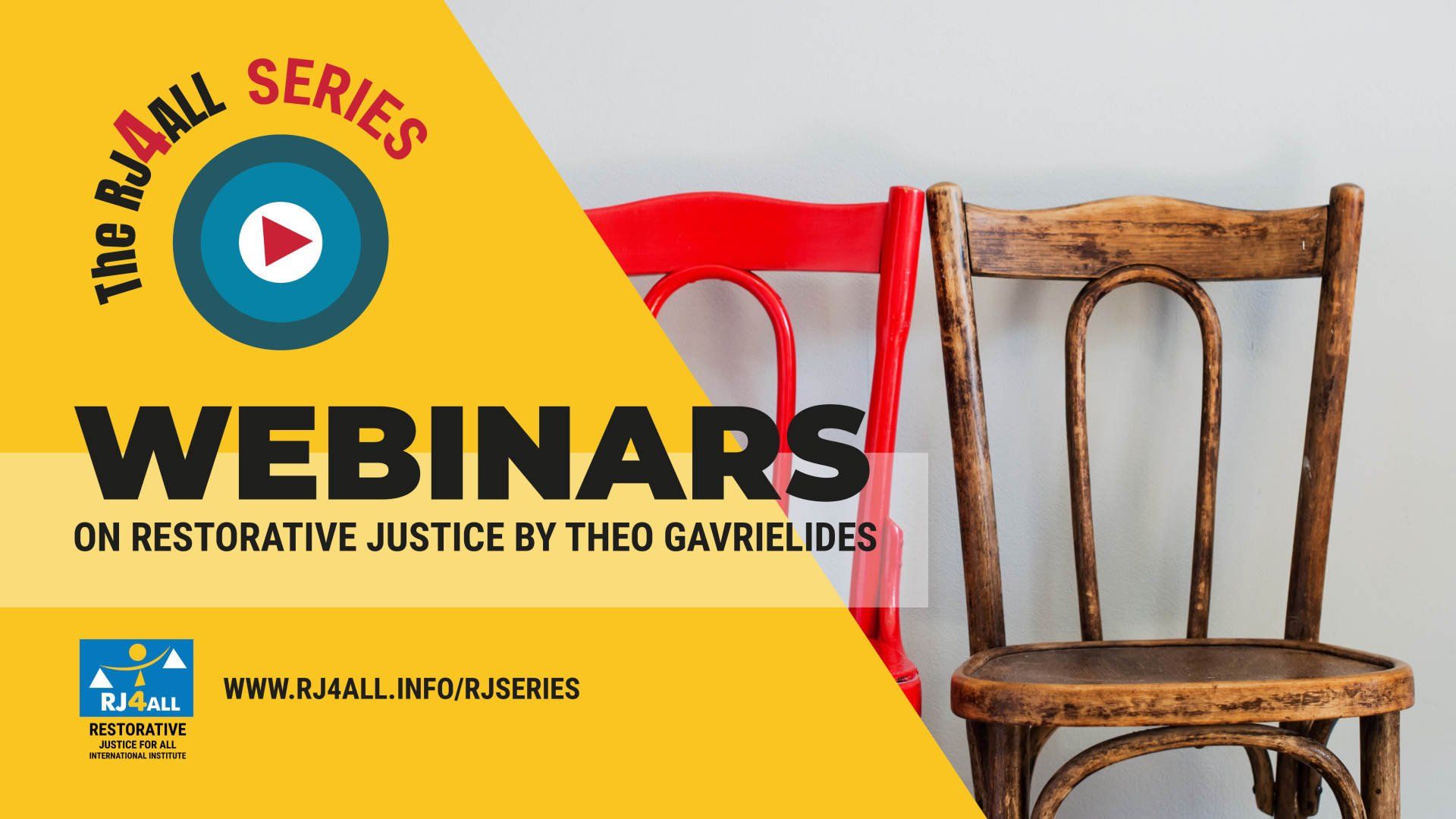As a researcher, the value-based identity of restorative justice as relational and as an ethos triggered two conflicting feelings within me. Positive feelings were telling me that an ethos that aims to achieve values consensus and restore broken relationships is much closer to my visualisation of justice as a virtue (and not as a “court” or a “prison”). This filled me with confidence and hope.
Negative feelings, however, were telling me that such an intense, emotionally driven methodology of justice couldn’t serve a higher purpose before it created an understanding of its own emotions and dynamics. I felt that balancing the triggers that could tip these emotions formed part of servicing justice, whether these emotions relate to the parties in conflict, the justice servants, the researchers, the funders and the community within which restorative justice is applied.
To rest my fears, I started looking for writings that would help me understand the humanity and frailty of the restorative justice ethos including the power structures of its movement. In the extremely rich restorative justice literature, I looked hard to find empirical and theoretical papers that would unravel the very psychology, motivations and emotions of the practitioners who implement it as well as the drivers of its theoreticians and researchers. I also searched for theories that would help me understand the strengths and weakness of our own communities as these are also called to participate as parties in restorative justice. I also felt that I needed to know their own biases, hunger for power and control, fears and hopes.
If restorative justice is so relational in nature, then surely also relevant is the psychology and the dynamics between those it aims to reach i.e. victims and offenders. Equally important was creating an understanding about those who are funding restorative justice as well as the policy makers and the politicians who have the power to bring it into a system. My search ended with scant results. Serving objectively the balanced scales of justice and its blindfolded Goddess meant that more knowledge was warranted.
As I grew older and more critical of restorative justice, I also became bolder in my journey of understanding it. Here, I take a bold but firm step by stating that the struggles of the past of restorative justice are due to the limited vision of its proponents. We posit that restorative justice is indeed more than a series of practices or a set of values. I claim that restorative justice is a comprehensive set of justifications of structures, or lack of structures, for the pursuit of justice.
When making this statement, I bear two things in mind. First that we respect what has already been developed, accepting and building on both the process-based and value-based understandings of restorative justice. Secondly, I am mindful not to propose anything that can exist instead of something. I am not an abolitionist. I am a realist with genuine interest in unravelling the hidden dimensions of restorative justice.
I assert that restorative justice is not a uniform notion. Despite its objective existence, it is an evolving norm as its constituent objects are to be found in living nature. These objects are continuously moving – τα πάντα ρεί και ουδέν μένει. Therefore, restorative justice will always be accused by empirical researchers for lacking clarity. Restorative justice is a short-cut term constructed under the mentality of our busy and managerial lives.
Therefore, attempts that continue to define restorative justice in the narrow sense will remain vain and out of touch with its evolving and ever changing nature. Scientists will look at water and define it as H2O.But in the pursuit of truth, and a higher sense of knowledge, we may see water as an untamed form of nature that can take almost unlimited shapes, forms and roles. We also get to realise that it is not always good. Where it gives life it can also take it away. The definition as H2O suddenly becomes shallow and mundane.





